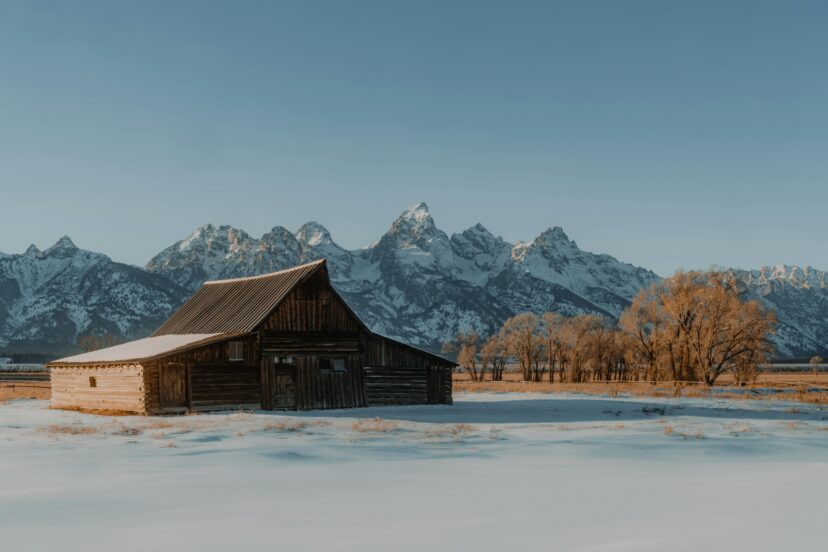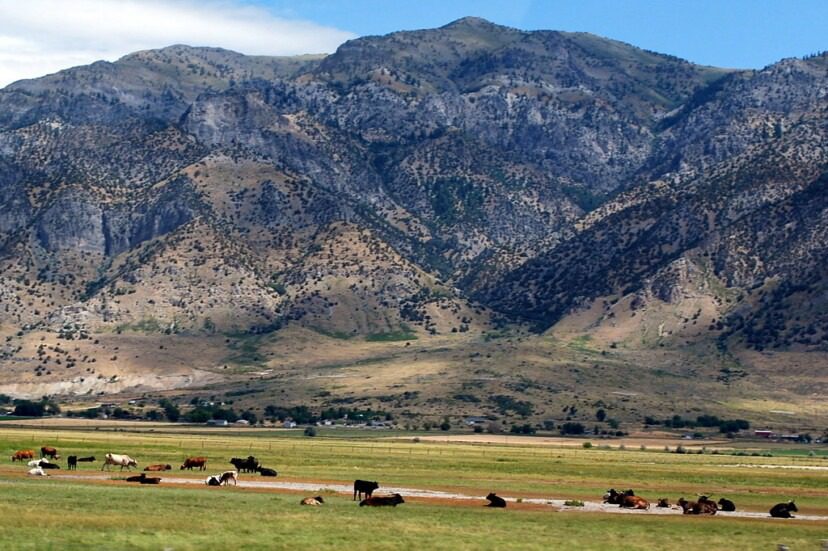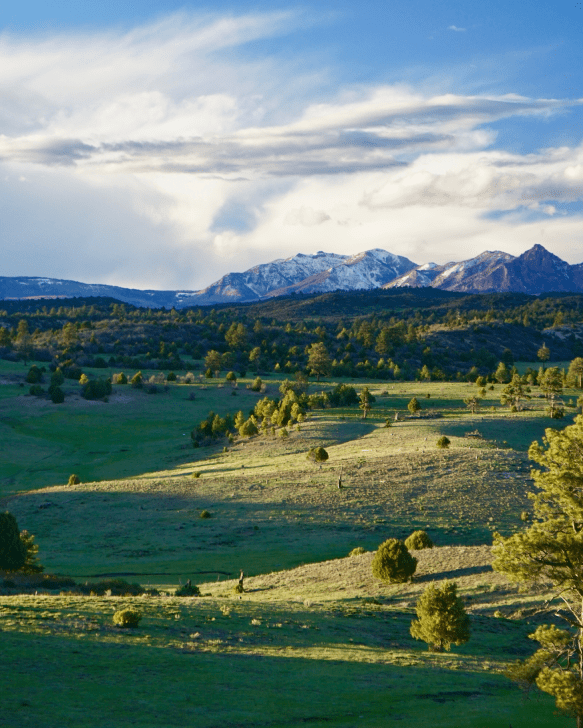As of late March, 2025, the Rocky Mountain West is experiencing varied snowpack conditions, with notable disparities between northern and southern regions. As is the case every year, the snowpack in the spring depicts the amount of runoff ranchers can expect as high-elevation snow melts and starts its downhill journey. Snowpack is the top predictor when it comes to Rocky Mountain water supply.

Northern Rockies in solid shape for water supply
In states like Wyoming and northern Colorado, snowpack levels are near or slightly above average. Most basins in the northern Rockies report near- to above-normal snow-to-water equivalent, a good omen for summer water supply. However, there are some areas in northern Montana that are quite a bit behind when it comes to snowpack, with some basins only registering 73 percent of normal.

Water supply could be an issue in the Southern Rockies
Conversely, central and southern regions, including Utah and southwestern Colorado, are facing significant drought conditions. In Utah, 13 SNOTEL stations in south-central and southwest areas report record-low snow-to-water equivalent. Basins such as Lower Colorado-Lake Mead and Escalante Desert-Sevier Lake are registering 29 and 51 percent of normal, respectively. Similarly, southwestern Colorado’s Upper San Juan and Rio Grande Headwaters Basins are at 56 and 62 percent of normal, respectively. Water supply for ranchers in these regions could be significantly less than normal unless spring snowfall can make a dent.

Colorado River Basin water supply outlook is bleak
The snowpack feeding into the Colorado River is below average, with implications for water supply. As of March 6, snowpack above Lake Powell was at 88 percent of average. However, due to drier soil conditions, forecasters predict that only 67 percent of the yearly average runoff will make it all the way into Lake Powell between April and July of this year.
Climate influences are impacting water supply
The current snowpack patterns align with global La Niña conditions, which typically bring drier weather to the southwestern United States and wetter conditions to the northwest. The National Oceanic and Atmospheric Administration (NOAA) forecasts that drought conditions will persist or develop in the Rocky Mountains and Southwest during the spring.

Implications on water supply
Reduced snowpack in the southern Rockies raises concerns for water supply, agriculture, and, of course, wildfire risks in the coming months. Ranchers who depend on captured water from intermittent streams fed by snowpack should plan ahead and ensure livestock won’t be left thirsty. If possible, ranchers should move herds to areas with year-round water — public lands grazing leases with year-round streams or wetlands should be fairly dependable, but it’s important to keep an eye on conditions as the year goes on. For ranch investment opportunities near western public lands, get in touch with a quality broker who understands the landscape and can walk you through everything from grazing leases to water rights.
Generally, for ranchers in the Rockies, the 2025 snowpack and water supply outlook for the Rocky Mountain West presents a mixed scenario, with healthier conditions in the north and concerning deficits in the south, highlighting the need for proactive water resource management across the region.


